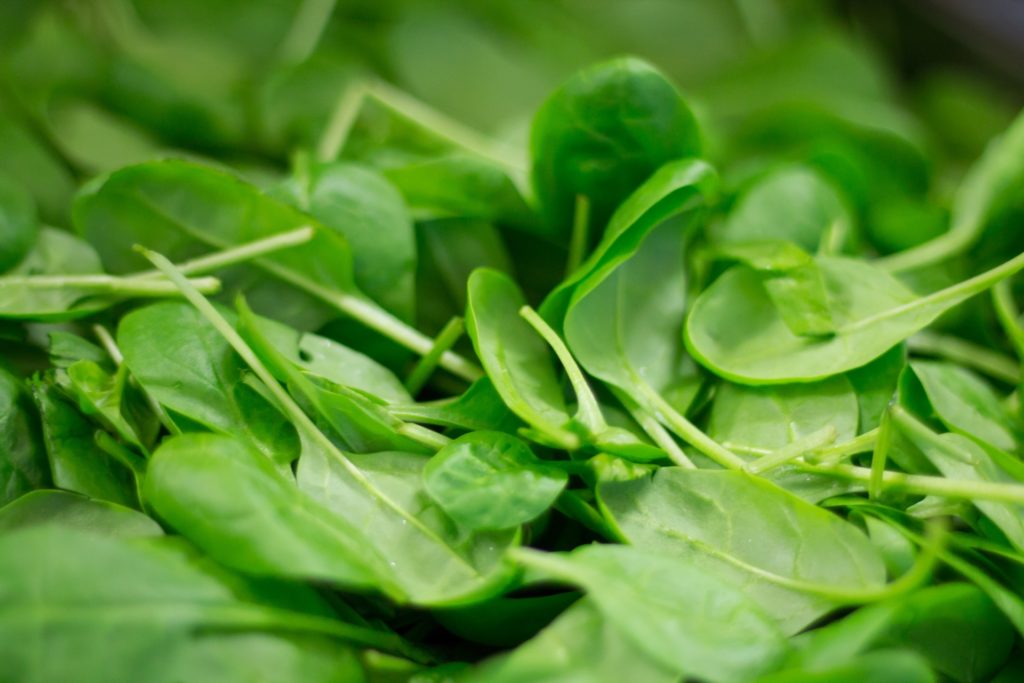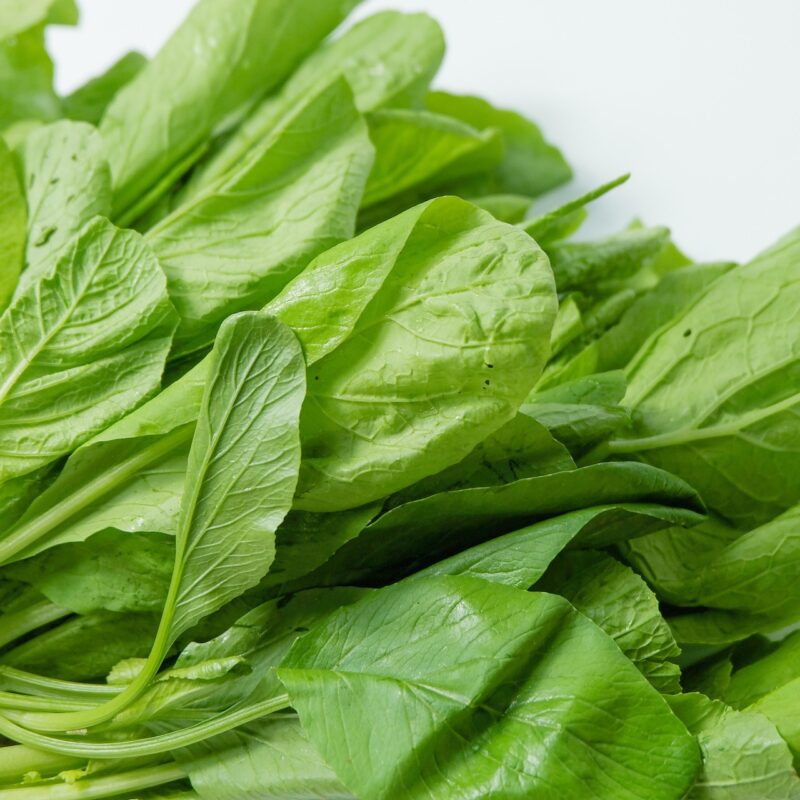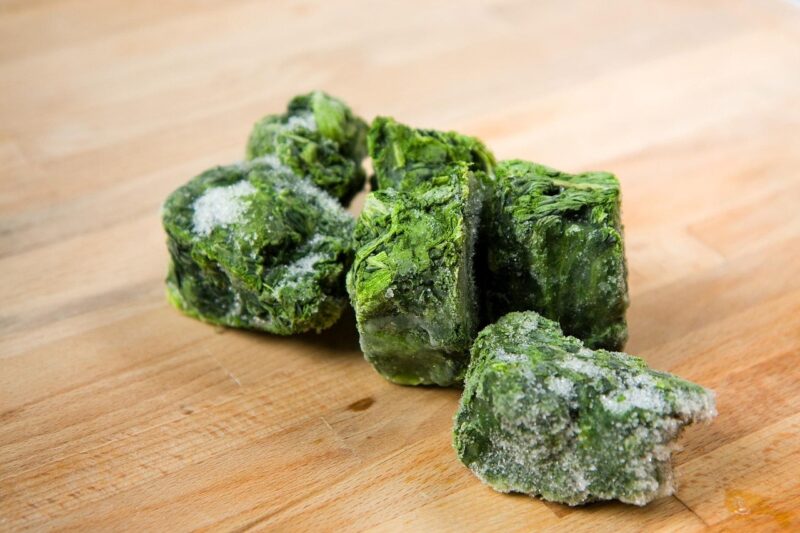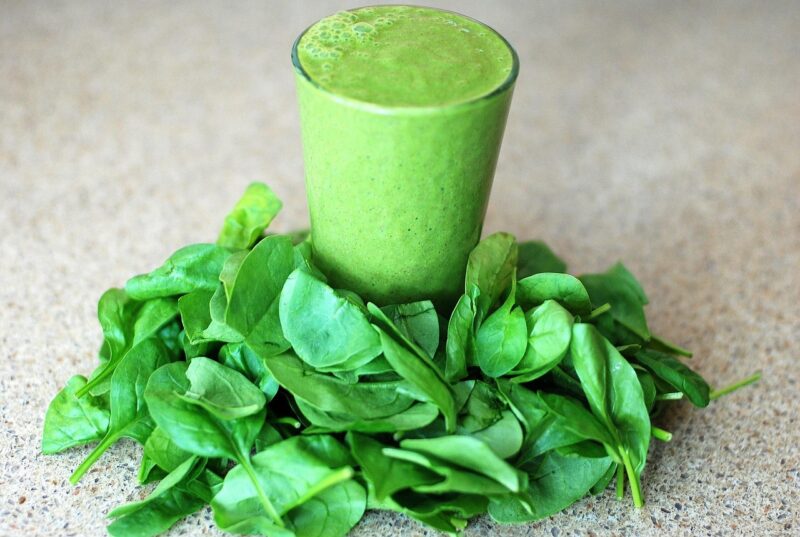Can you freeze spinach? The answer is an emphatic yes! Freezing spinach allows you to enjoy its nutrition and flavor long after the fresh harvest has faded. In this extensive guide, we’ll explore the ins and outs of freezing spinach, the benefits of doing so, and creative uses for it once it’s stored away.
Why Freeze Spinach?
Fresh spinach has a short shelf life; it can wilt and spoil within a week depending on storage conditions. Freezing allows you to maintain its nutritional advantages and flavor while eliminating food waste. Additionally, frozen spinach is incredibly versatile—it can be cooked from frozen, making meal preparation quicker and more convenient.
By freezing spinach, you can enjoy this nutritious green in your meals throughout the year, even when fresh options aren’t available.
How to Freeze Spinach: A Step-by-Step Guide
Freezing spinach might seem straightforward, but a few specific steps can make all the difference in maintaining its quality. Here’s a concise how-to:
Step 1: Choose Fresh Spinach
Select vibrant green spinach leaves. Avoid any that are yellowing, wilting, or have dark spots. Freshness is key to a good freeze.
Step 2: Wash Thoroughly
Spinach can often contain dirt and grit. Rinse the leaves under cold water, gently separating them to remove any hidden impurities. A salad spinner can help remove excess water but do not spin too vigorously to avoid bruising.
Step 3: Blanch the Spinach
Blanching helps to preserve the color, flavor, and texture of the spinach. Here’s how to do it effectively:
Boil Water: Bring a large pot of salted water to a rapid boil.
Blanch: Add the washed spinach leaves to the boiling water. Keep them submerged for about 2-3 minutes.
Ice Bath: Prepare a bowl of ice water. After blanching, transfer the spinach immediately into the ice water to stop the cooking process. This helps retain that vibrant green color.
Drain: Once cooled, drain the spinach well. You can use a clean kitchen towel to gently squeeze out any excess water.
Step 4: Pack and Freeze
Now, it’s time to pack the spinach for freezing. Here are two efficient methods:
Freeze Flat: Place blanched spinach in a zip-top freezer bag. Press out as much air as possible before sealing. Lay the bag flat on a baking sheet until frozen. This method saves space and allows for easy portioning.
Freezer Containers: Alternatively, you can use airtight containers. Simply fill them with spinach, leaving a bit of space at the top, as the spinach will expand when freezing.
Step 5: Label and Store
Always label your bags or containers with the date to keep track of freshness. Frozen spinach can maintain good quality for up to 10-12 months, but using it within 6 months is ideal for the best flavor.
Step 6: Using Frozen Spinach
When you decide to use your frozen spinach, there’s no need to thaw it beforehand for most recipes. Whether you’re adding it to soups, casseroles, or smoothies, cooking from frozen retains the vibrant color and flavors.
The Benefits of Freezing Spinach

Freezing spinach not only helps in minimizing food waste but also ensures you have easy access to this nutritious green throughout the year. Here are some compelling reasons to consider:
Convenience in Meal Prep
Having frozen spinach readily available can streamline your cooking process. You can toss it into pastas, stir-fries, and omelets without any prior preparation. This convenience can encourage healthier eating habits when you need a quick meal.
Longer Shelf Life
While fresh spinach may only last a week in the refrigerator, frozen spinach maintains its quality for up to a year. This allows you to enjoy the taste and nutritional value long after the fresh greens have been consumed.
Versatility in Cooking
Frozen spinach can be utilized in countless dishes. You can add it to smoothies for a nutritious boost, mix it into sauces, or use it in baked goods like spinach quiche or spanakopita.
Culinary Uses for Frozen Spinach
Once your spinach is frozen, the options for culinary creativity are boundless. Here are some delightful ways to make the most of this freezer staple:
Smoothies
Adding frozen spinach to smoothies is an excellent way to sneak in some nutrients. Its flavor is mild and blends well with fruits like bananas and berries. A spinach smoothie can be both refreshing and a powerhouse of vitamins—easily enjoyed in the morning or as a snack.
Soups and Stews
Stirring frozen spinach into soups and stews enhances both nutrition and flavor. Consider adding it to lentil or vegetable soups, where it will complement the other ingredients beautifully.
Pasta Dishes
Frozen spinach can be quickly added to pasta sauces along with garlic and olive oil for a burst of color and health benefits. Think creamy spinach fettuccine or a simple garlic spinach spaghetti.
Casseroles
Whether it’s a classic spinach and ricotta bake or a hearty veggie lasagna, frozen spinach serves as an ideal ingredient that can save time without sacrificing flavor.
Dips and Spreads
Thaw some frozen spinach, mix it with cream cheese, sour cream, or Greek yogurt, and you have a delicious spinach dip perfect for parties or casual snacking.
Breakfast Dishes
Incorporate frozen spinach into omelets or frittatas for a nutritious breakfast option that packs in flavor and health benefits.
The Science of Freezing Vegetables
Understanding the science behind freezing can enrich your appreciation for the process. When vegetables are frozen, the water inside them forms ice crystals. If done correctly, the freezing process preserves the cell structure, color, flavor, and nutritional content of the vegetables.
Why Blanching Matters
Blanching is a crucial step that stops enzyme action, which can lead to a decline in flavor and color. This process prevents the degradation of vitamins and helps maintain the texture of the spinach after thawing. Skipping this step can lead to mushy spinach when cooked later.
The Role of Air
Air can be a significant enemy when it comes to freezing. Exposure can lead to freezer burn, which can affect the quality of the spinach. This is why pressing out the air from freezer bags is essential. Keeping spinach in airtight containers helps protect it from air and moisture.
Common Mistakes When Freezing Spinach
Even with the best intentions, mistakes during the freezing process can lead to less-than-ideal results. Here are some pitfalls to avoid:
Not Washing Thoroughly
Failing to wash the spinach can lead to a gritty texture when thawed. Always ensure it’s clean to preserve the best taste.
Skipping the Blanching Process
Blanching enhances the quality of the frozen spinach significantly. Skipping this step results in a loss of flavor and texture, not to mention the preservation of valuable nutrients.
Packing Too Tightly
Overpacking your bags or containers can prevent air circulation and make it difficult to portion out servings later on. It can also increase the likelihood of freezer burn.
Not Labeling
Without proper labeling, it can be easy to forget about your spinach or confuse it with other frozen items. Always take a moment to mark the date and contents.
Frequently Asked Questions About Freezing Spinach
Let’s address some common questions that often arise when people consider freezing spinach.
Can you freeze raw spinach without blanching it?
While you can freeze raw spinach, it may lose its color, texture, and nutritional quality over time. Blanching is highly recommended for maintaining the best possible quality.
How do you defrost frozen spinach?
To thaw frozen spinach, simply remove it from the freezer and let it sit in the refrigerator for a few hours. For quicker defrosting, run it under warm water or microwave it for a minute or two.
Is frozen spinach as nutritious as fresh spinach?
Frozen spinach retains most of its nutritional value due to the quick freezing process. While fresh spinach has a slight edge in some vitamins, the overall nutritional profile is still robust when using frozen varieties.
Can you freeze cooked spinach?
Yes, cooked spinach can also be frozen. Ensure it cools completely before placing it in the freezer to avoid ice crystals forming.
Conclusion: Enjoying Your Spinach Year-Round
Freezing spinach is a practical and effective way to enjoy this superfood throughout the year. By embracing the simplicity of the freezing process, you can always have a stash of nutritious greens in your kitchen. Not only does it reduce food waste, but it opens up myriad opportunities for quick, healthy meals that are just a freezer pull away.








